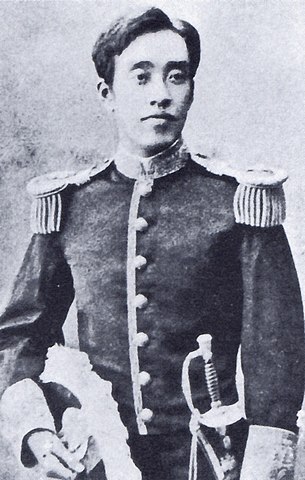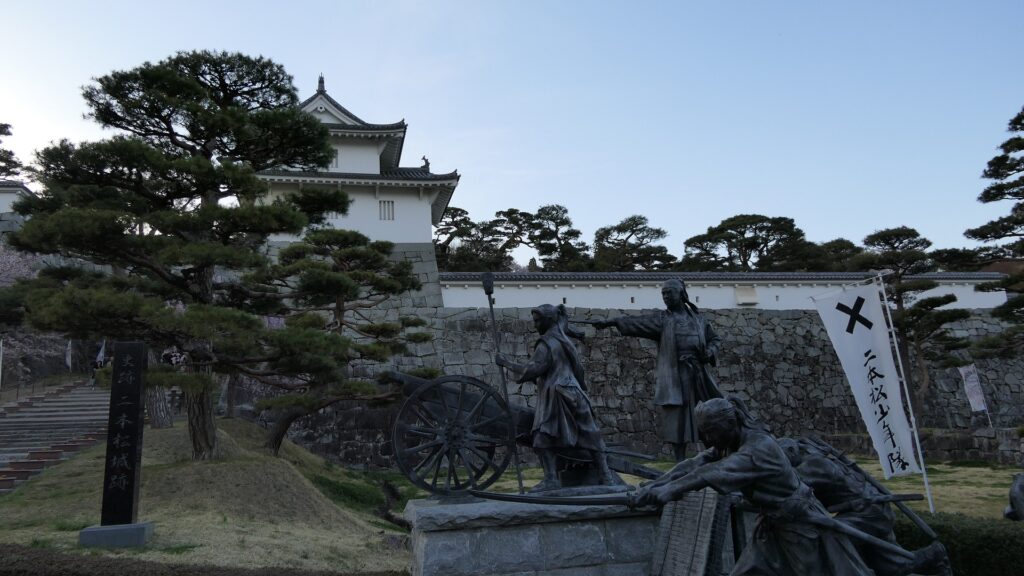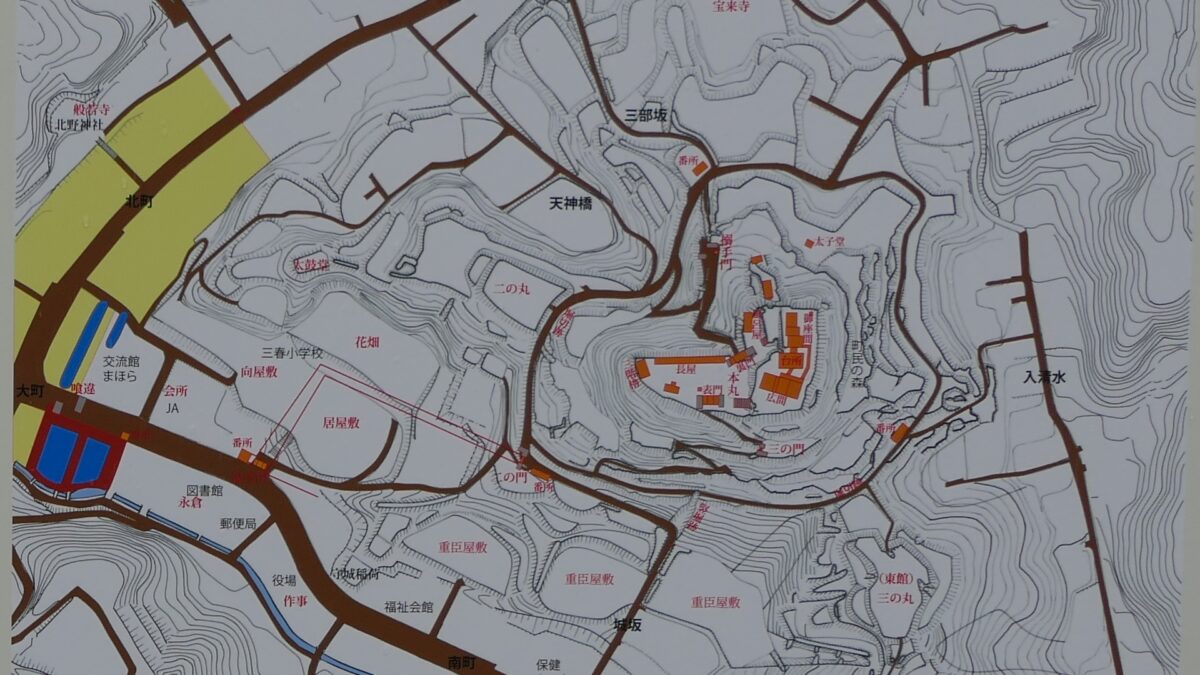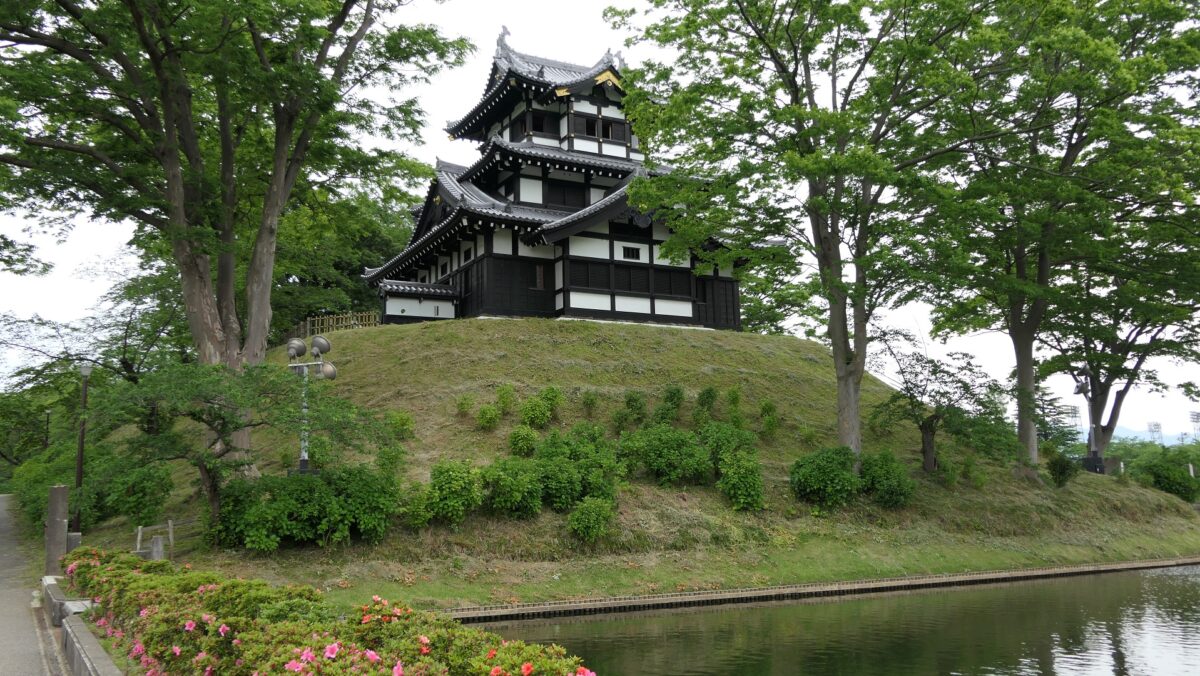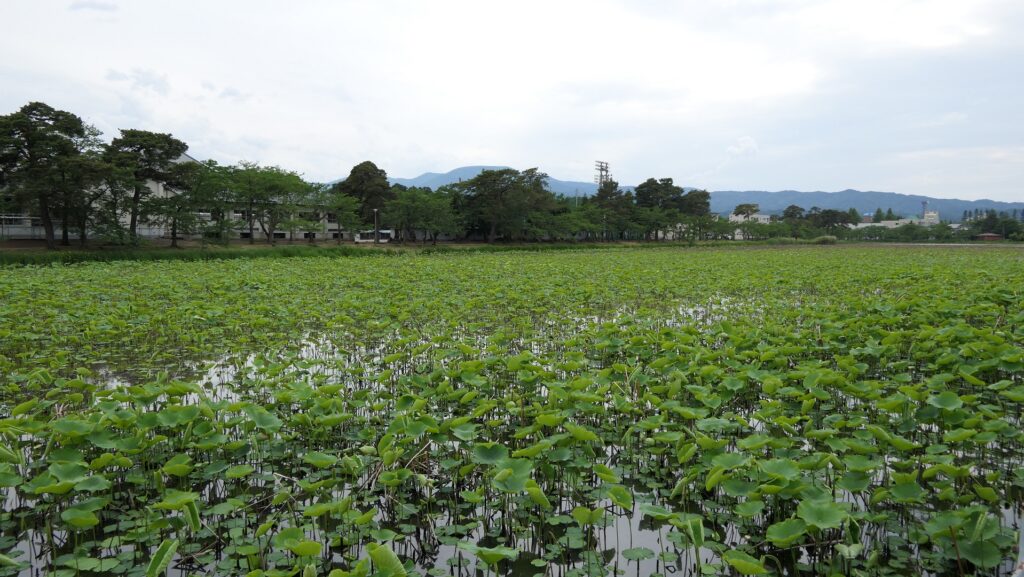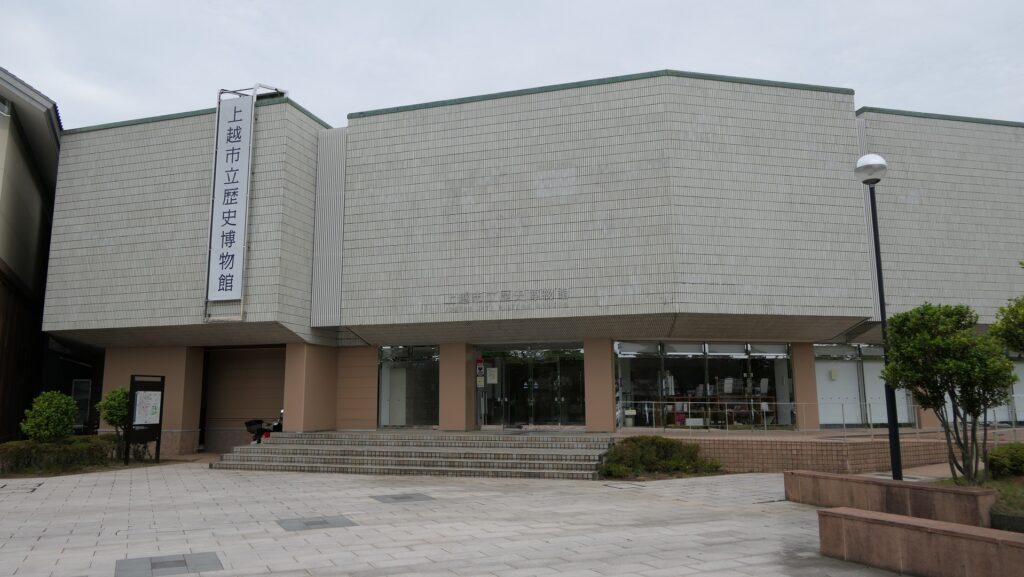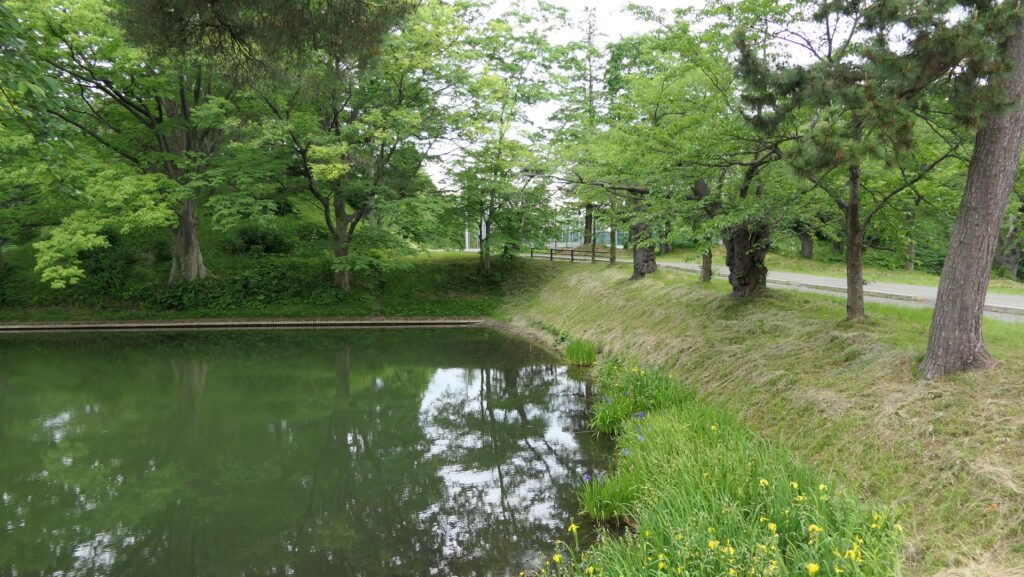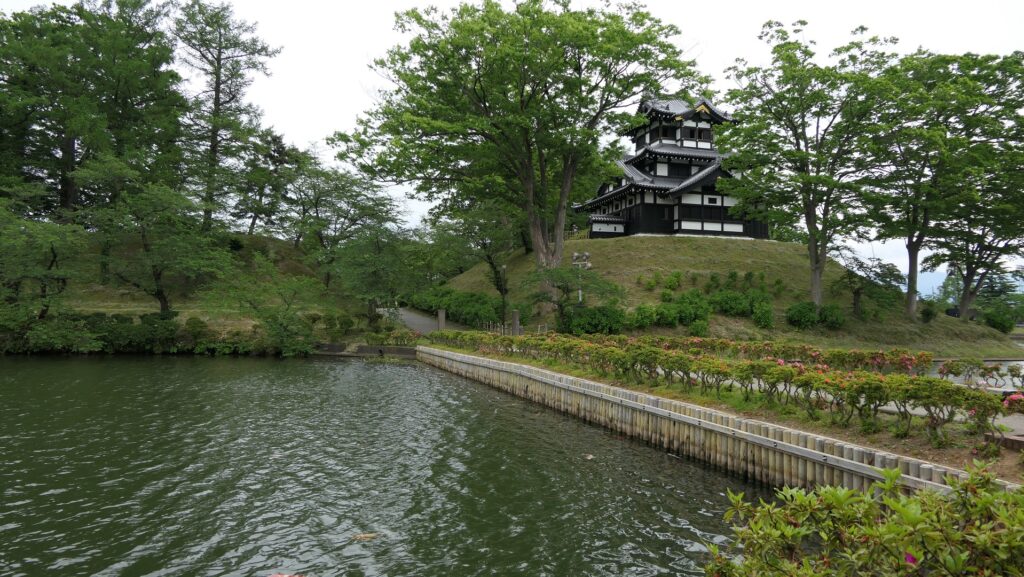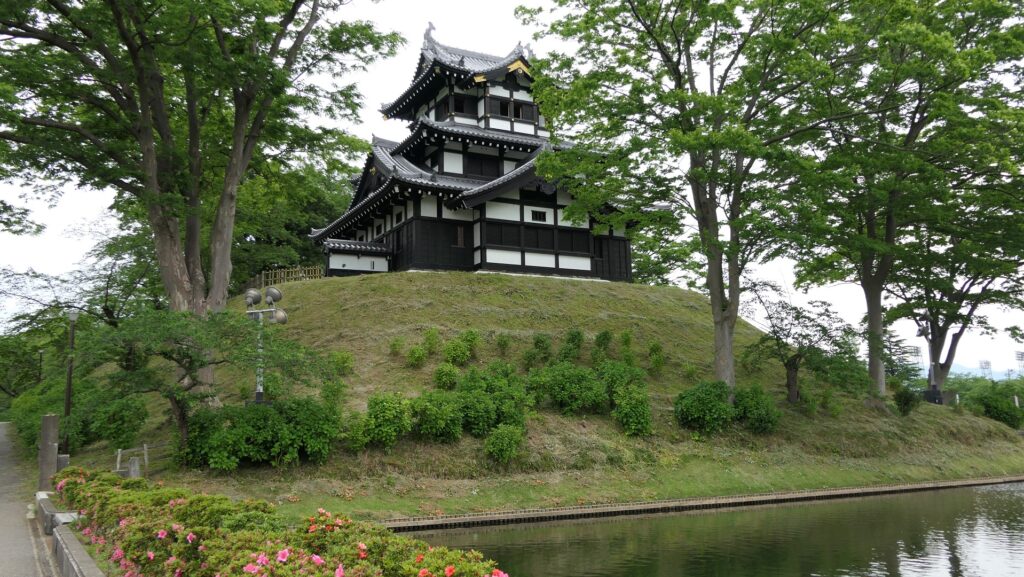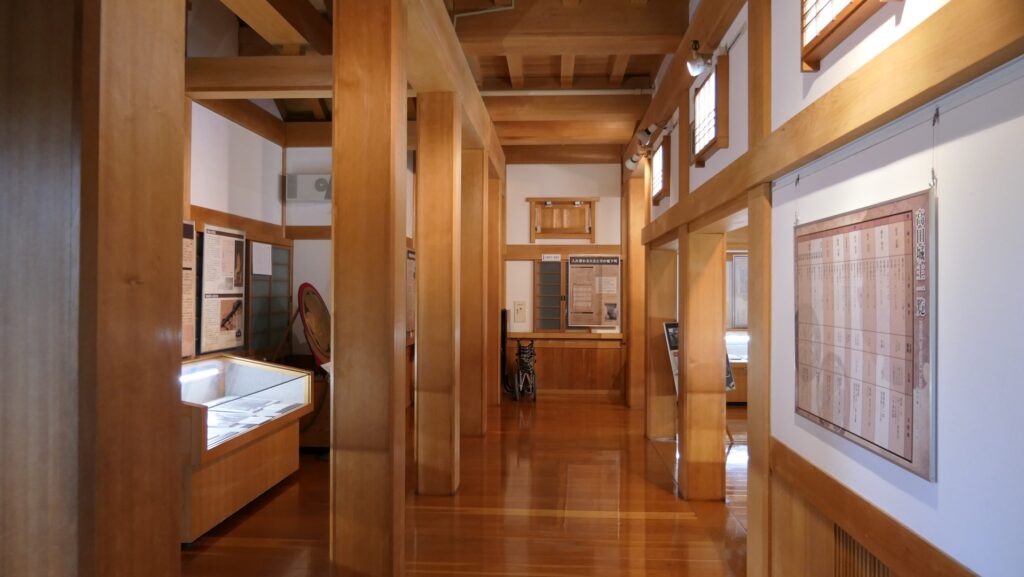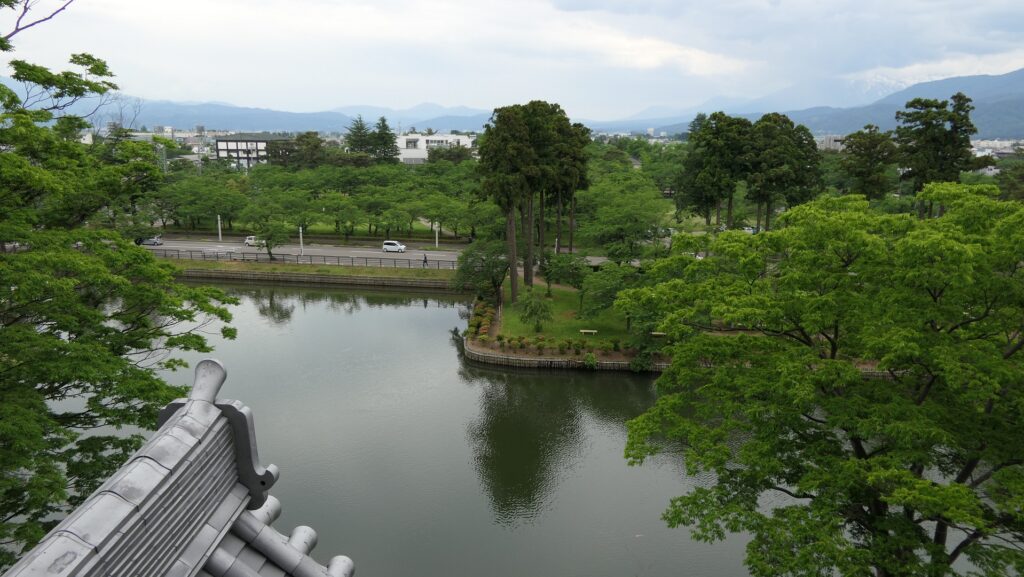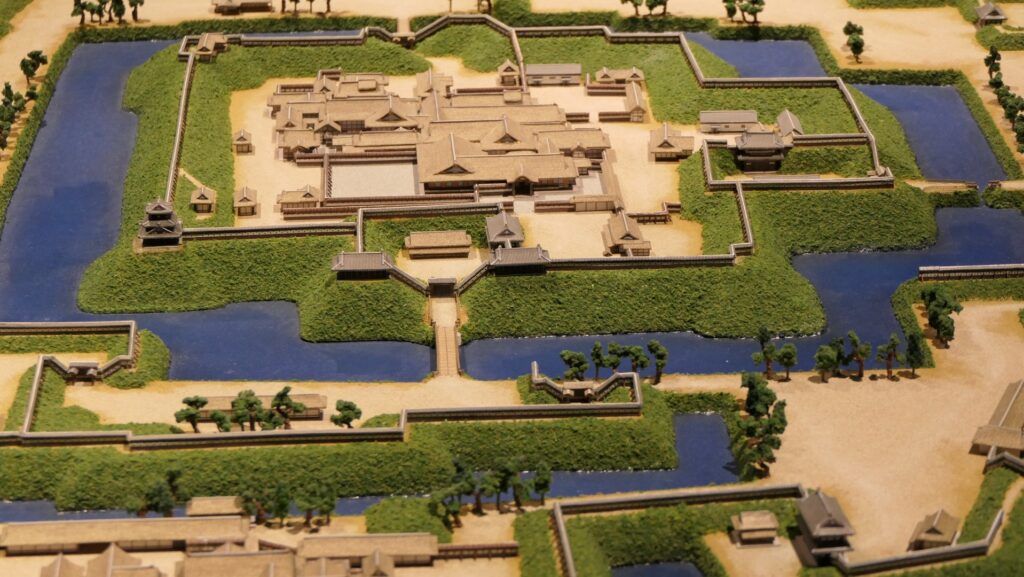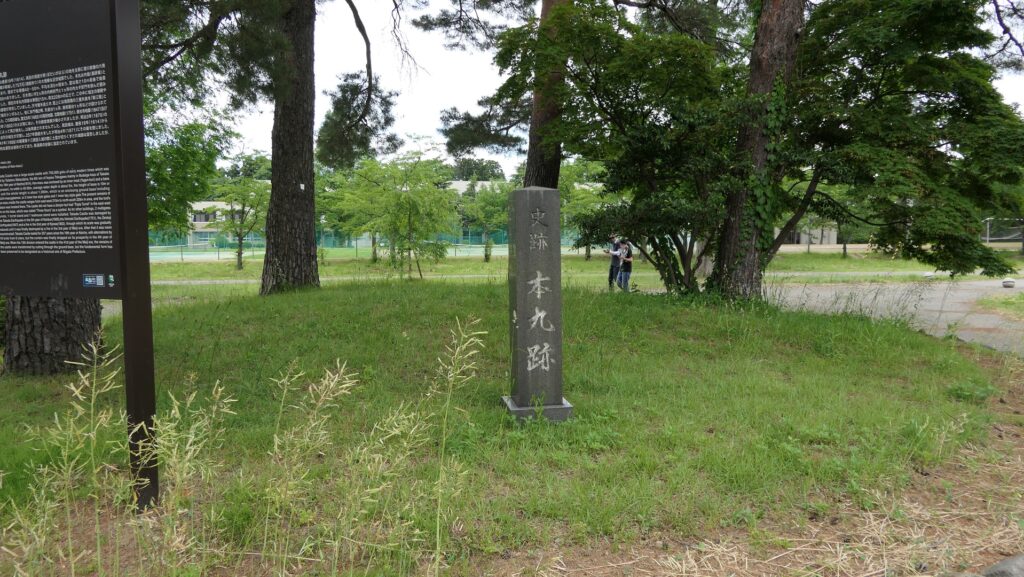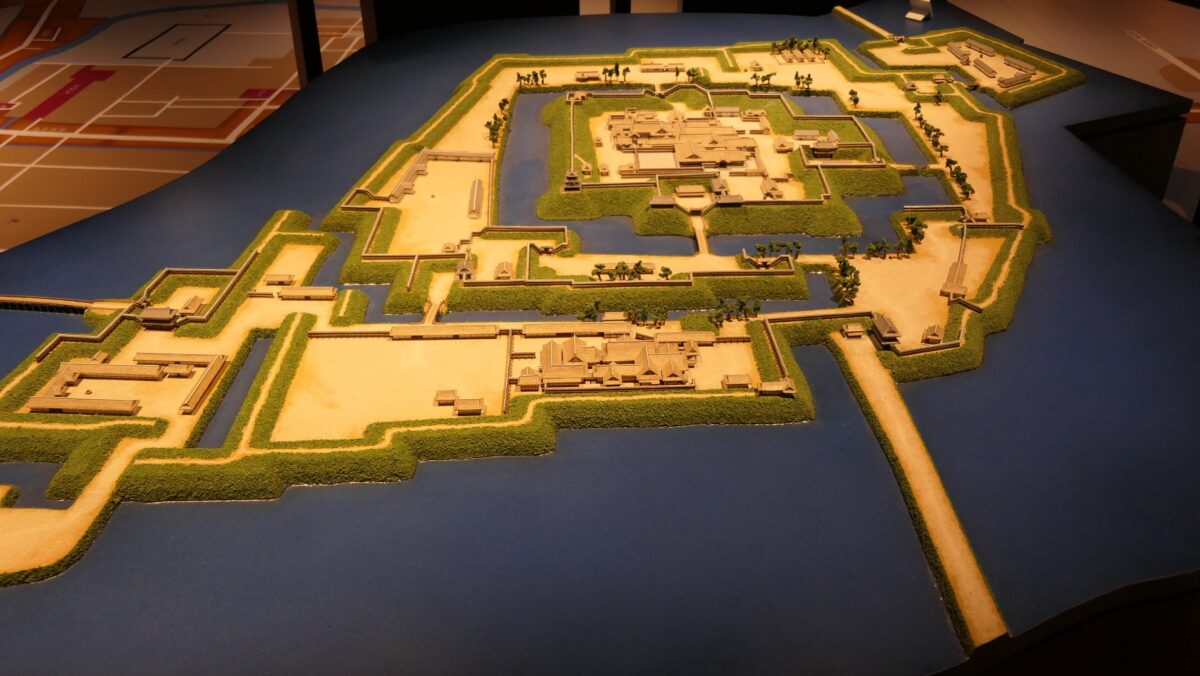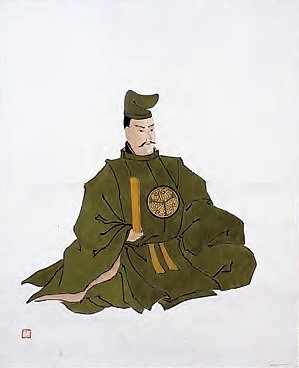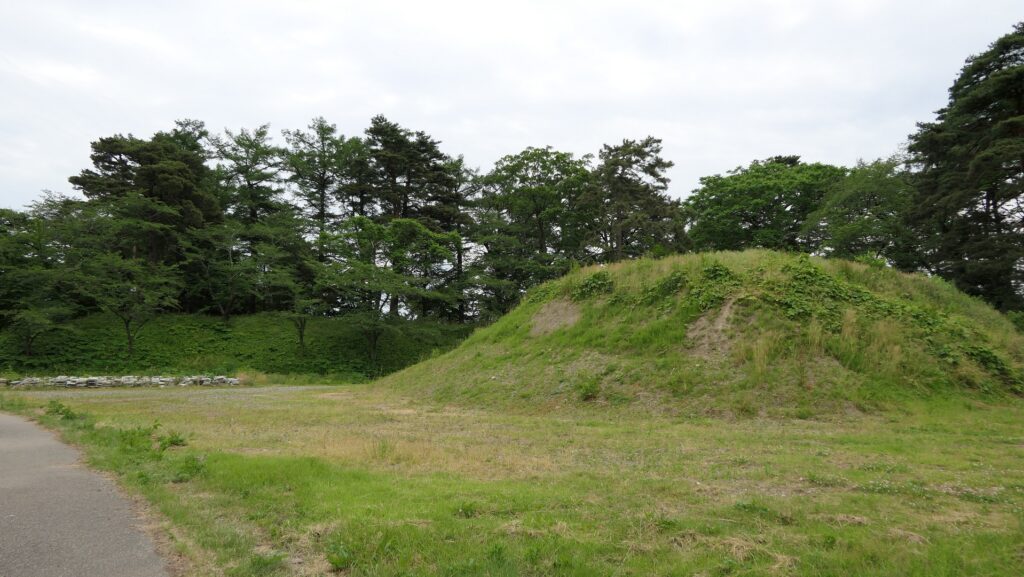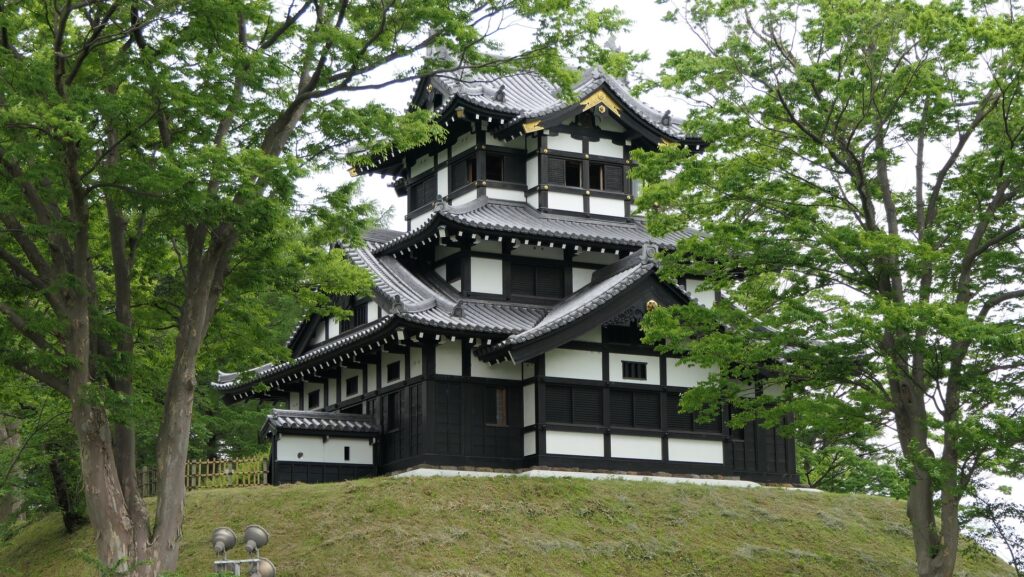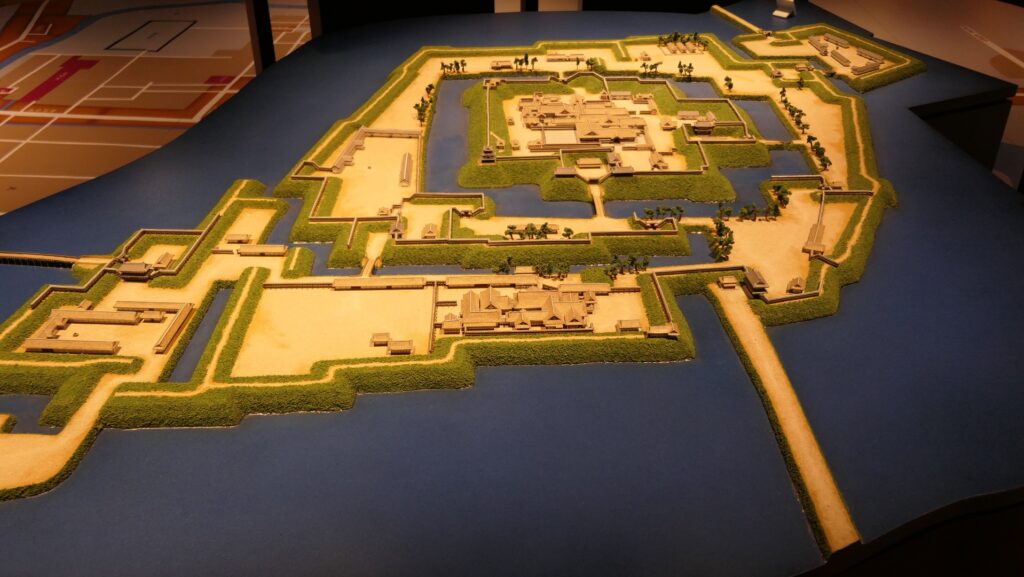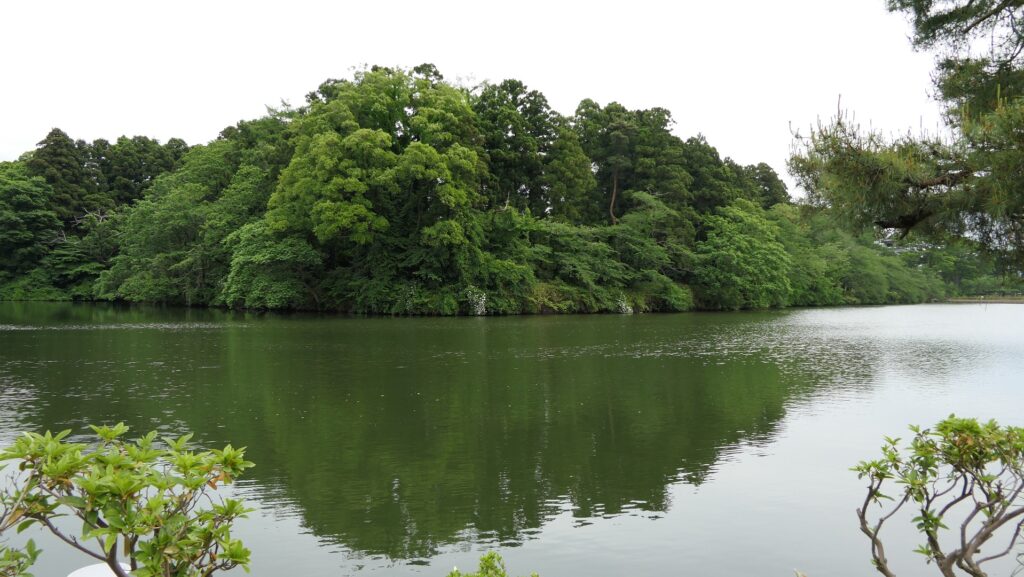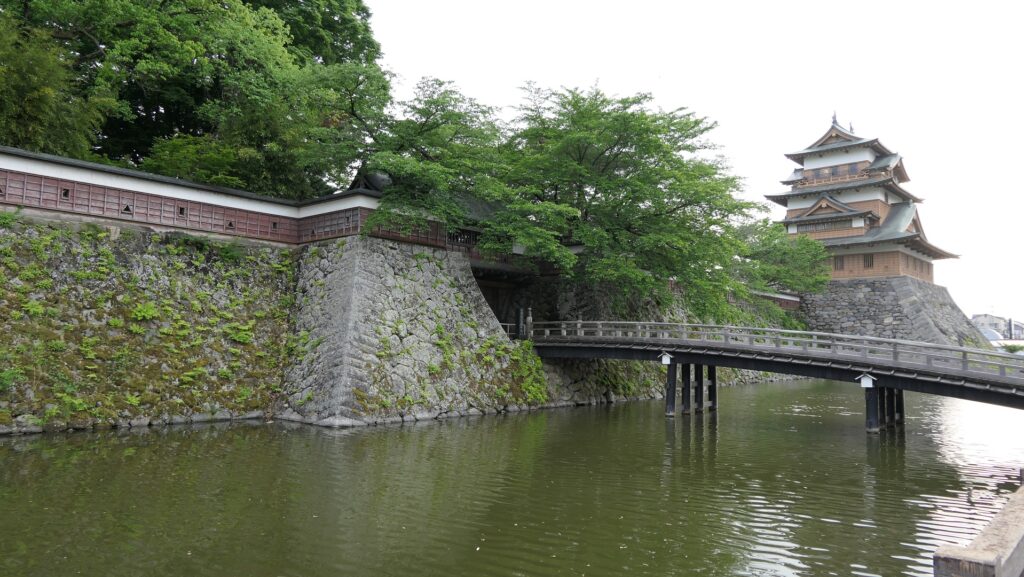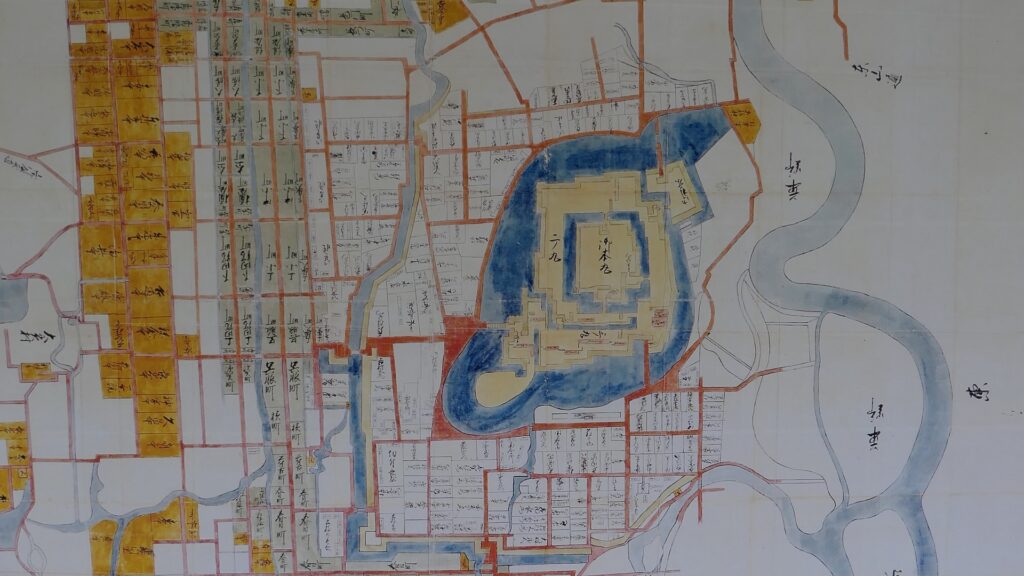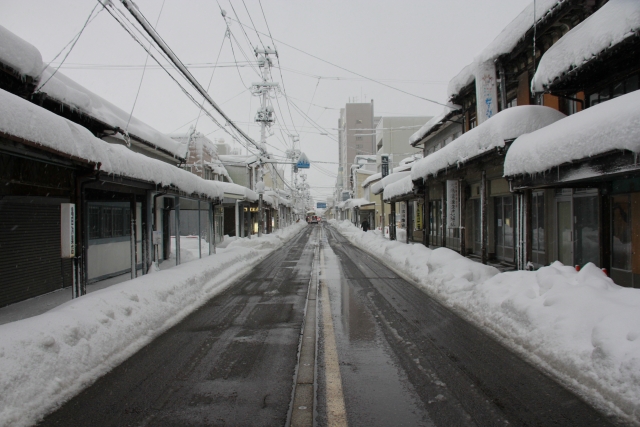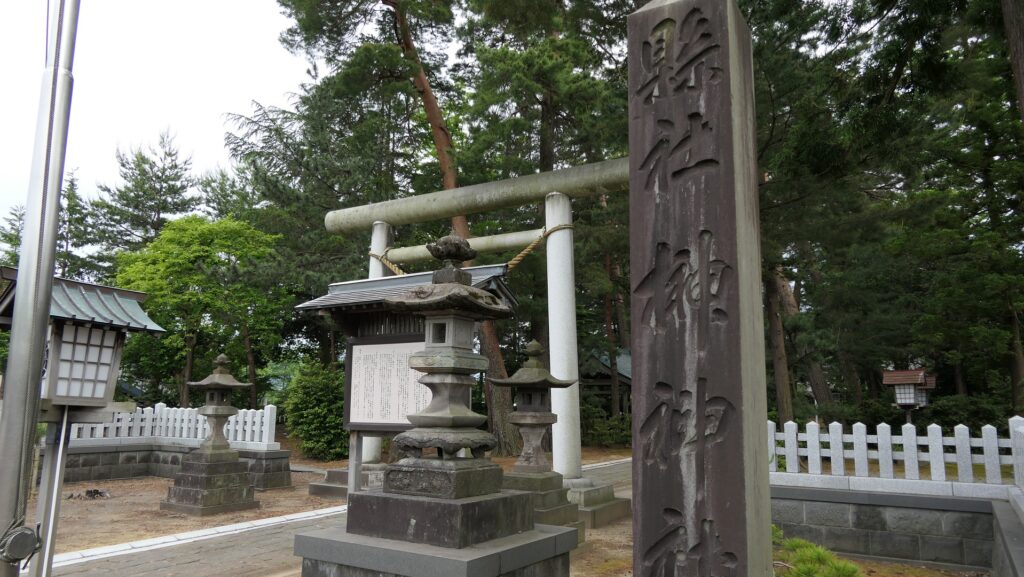Location and History
Tamura Clan first governed Castle which became branch of Wakamatsu Castle later
Miharu Castle was located in the Tamura District of Mutsu Province (what is now the modern day Miharu Town in Fukushima Prefecture). The area connected the inland and seaside areas, so it was regarded as being important. In the first 16th Century, the Tamura Clan governed the area and built Miharu Castle on the highest hill around the area. In the middle 16th Centrury, the lord of the clan, Kiyoaki Tamura was threatened by other larger warlords such as the Ashina Clan in the west, the Soma Clan in the east and the Satake Clan in the south. Therfore, he decided to form an allegiance with Masamune Date, a great warlord in the north, by marrying his daughter with Masamune. Masamune stayed in Miharu Castle for a while in 1588 before conquering the Tohoku Region and beating the Ashina Clan in 1589. The Tamura Clan succeeded to survive under Masamune. Miharu Castle was developed and it spread to other hills by the clan.
The location of the castleHowever, the Tamura Clan was disbanded by the ruler, Hideyoshi Toyotomi in 1590. This is because the lord of the clan, Muneaki Tamura didn’t respond to the call from Hideyoshi who considered the Tamura Clan as an indipendent lord. However the Tamura Clan didn’t feel this way. It may have been the clan’s mistake, but some historians say it might have been a conspiracy of Masamune who should have madiated Hideyoshi and the Tamura Clan because of the clan’s territory including Miharu Castle finally belonging to Masamune.
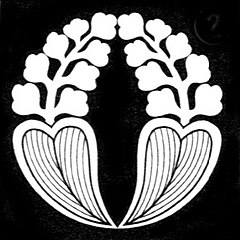

Miharu Castle became a branch castle of Wakamatsu Castle which became Masamune’s home base. After that, the lords of Wakamatsu Castle were changed to other clans – the Gamo, Uesugi and Kato Clans. Miharu Castle was made stronger by them. They built stone walls and developed a castle town. However, sometimes it was not used and would eventually be abandoned. Finally in 1627, the Matsushita Clan was transferred by the Tokugawa Shogunate to Miaharu Castle. This meant it had been a while since they had been independent . Miharu Castle remained a mountain castle until the end.

Akita Clan maintained Castle as home base of Miharu Domain in Edo Period
After the Matsushita Clan was unfortunately disbanded in 1645, the Akita Clan governed Miharu Castle and the Miharu Domain until the end of the Edo Period. They modernized Miharu Castle. The lord built the Main Hall for him at the foot of the mountain and he usually lived there. There were also the former Main Hall and the Three Story Turret in the Main Enclosure at the top of the mountain. These older buildings were used for ceremonies and became the symbols of the castle. When the great fire burned most of the castle buildings in 1785, the buildings at the foot were restored. Everything on the top was burned by the fire, and only the Three Story Turret was restored in the end.
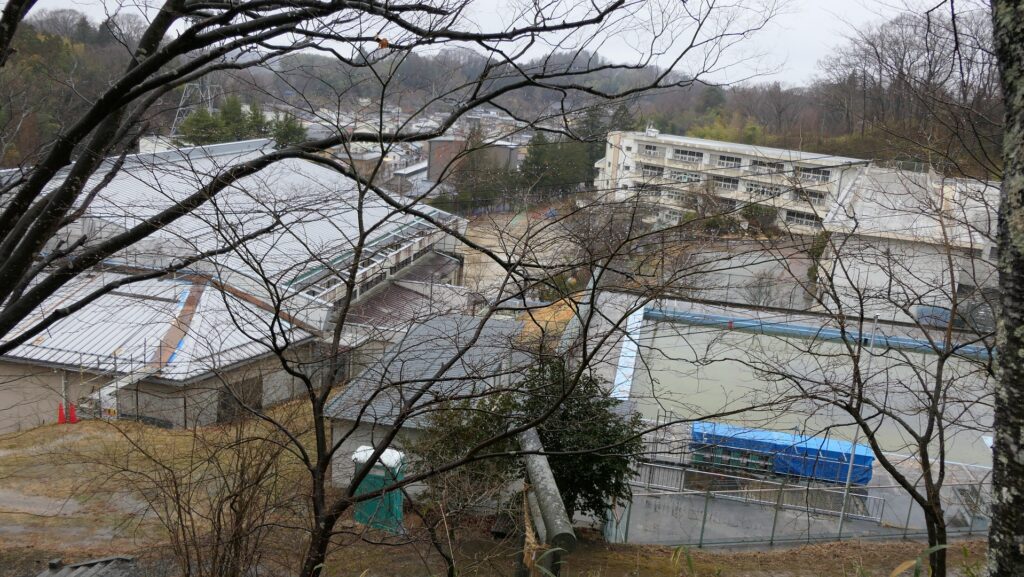
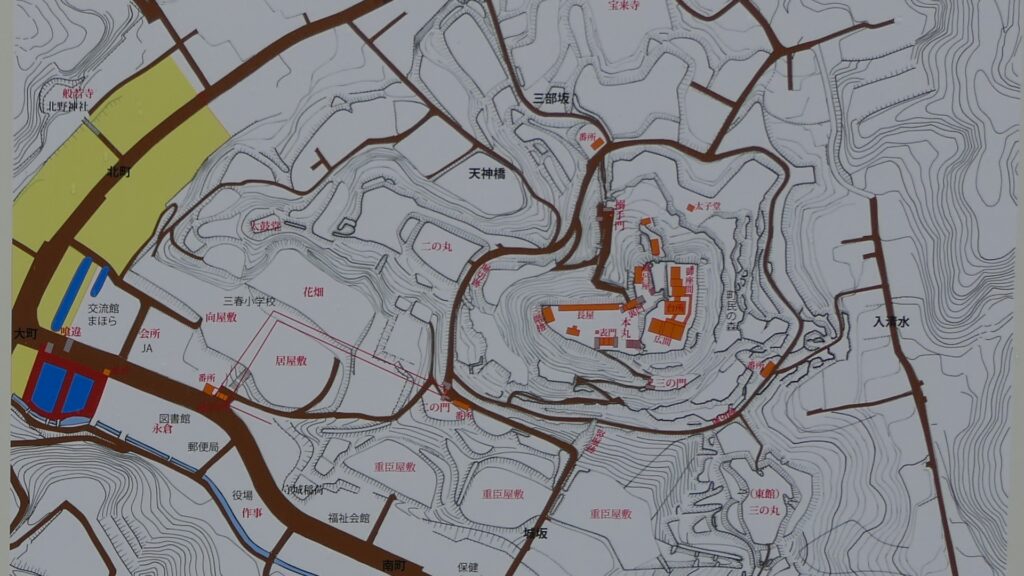
Castle survived in Meiji Restoration
In 1868 during the Meiji Restoration, the Boshin War between the New Government and the domains supporting Tokugawa Shogunate finally happened. The Miharu Domain first belonged to the domains, but it secretly surrendered to the New Government which opened Miharu Castle. The domains eventually left. However, the domains who were abandoned felt very angry. The people in Miharu survived and aviided a serious tragedy. Otherwise, they would have been defeated by the New Government such as those in Shirakawa-Komine Castle, Nihonmatsu Castle and Wakamatsu Castle.
